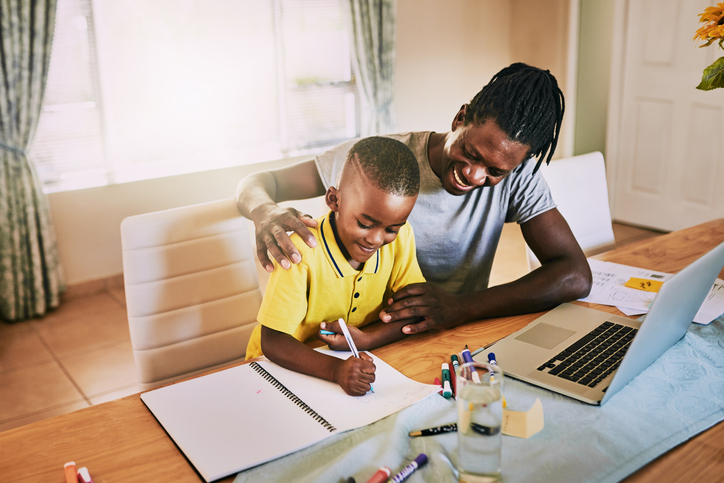What is a safety plan?
A safety plan helps you to think about your actions in advance, to help you stay safe.
This content has been written for children and young people. If you’re looking for information for over 18s, visit our Coping with Crime information.
A safety plan can be useful in any situation where you may feel unsafe. This can include if you are:
- being bullied, threatened or hurt
- in an abusive relationship
- witnessing domestic violence.

